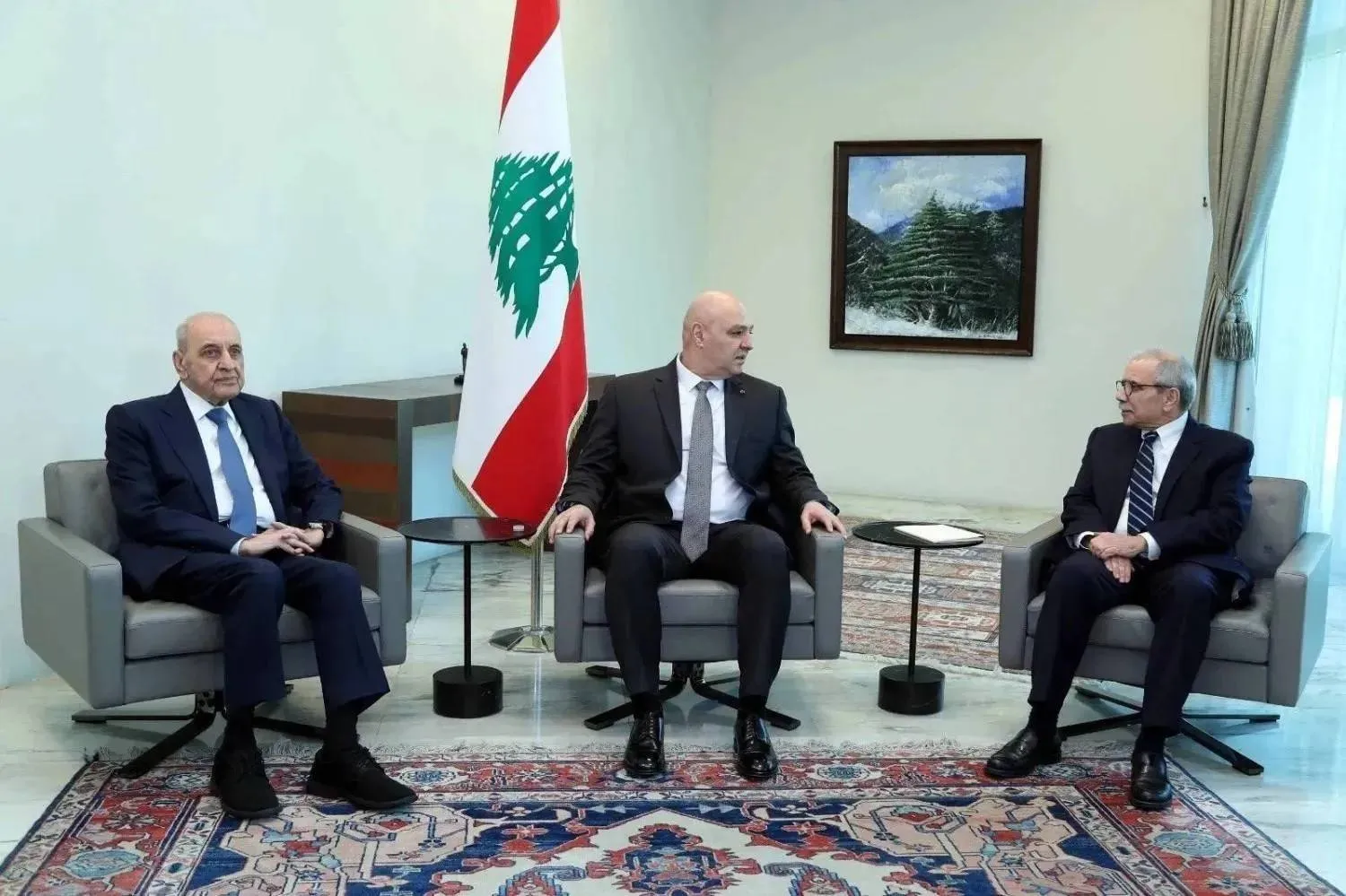Palestinian Hamas Movement said its Chief Ismail Haniyeh will visit Cairo to hold talks over a lasting ceasefire and rebuilding Gaza.
Hamas has set several conditions to maintain ceasefire, said its spokesman Abdel-Latif al-Qanou, including halting aggression in Jerusalem, ending the displacement of Palestinians from Sheikh Jarrah neighborhood and preventing all what could re-incite violence.
He also affirmed that the movement is ready to accept all the offers to reconstruct the enclave as soon as possible.
Another Hamas spokesman, Hamza Qassem, said the scheduled visit comes in line with Cairo’s efforts to curb the Israeli aggression against Palestinians and follow up the reconstruction process.
Haniyeh will head a high-ranking delegation in the few coming days, he added, without specifying a date.
Cairo had intensified its efforts to reach a truce in Gaza and is now leading coordinated efforts with the United State to push forward a new political process in the region that includes comprehensive calm and rebuilding of the Strip.
The US, Egypt, Qatar, the European Union and the UN Special Coordinator for the Middle East Peace Process Tor Wennesland have also been engaged in talks to rebuild Gaza.
They consider the Palestinian Authority the “legitimate” party to discuss the process with rather than Hamas.
According to Israeli media, Prime Minister Benjamin Netanyahu, Defense Minister Benny Gantz and Foreign Minister Gabi Ashkenazi told US Secretary of State Antony Blinken that Israel will only agree on rebuilding Gaza when a joint mechanism is formed to “prevent Hamas from gaining extra power.”
Ashkenazi presented to his US counterpart a plan to provide aid to Gaza while separating between the “basic humanitarian aid, such as water and electricity” and reconstruction.









